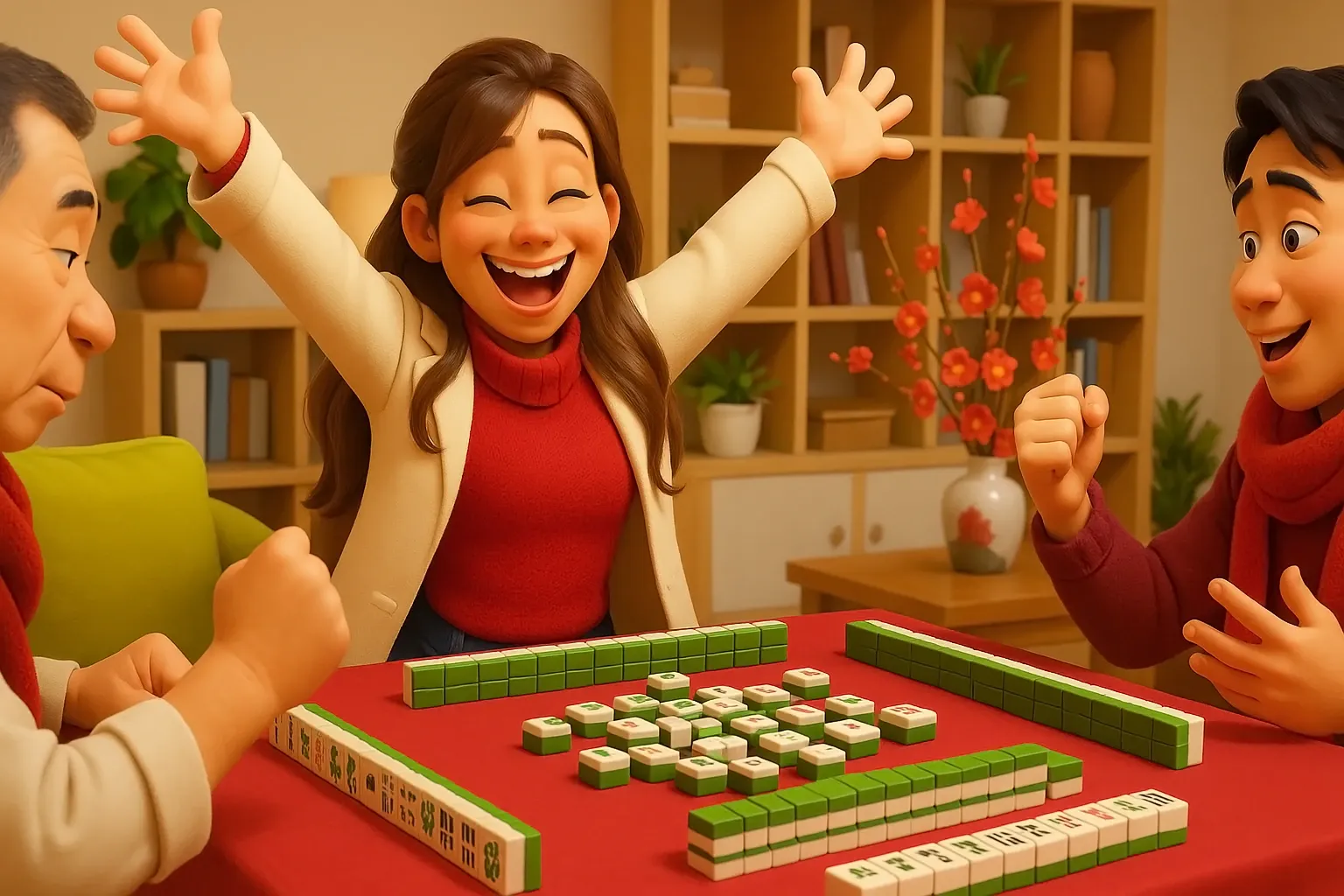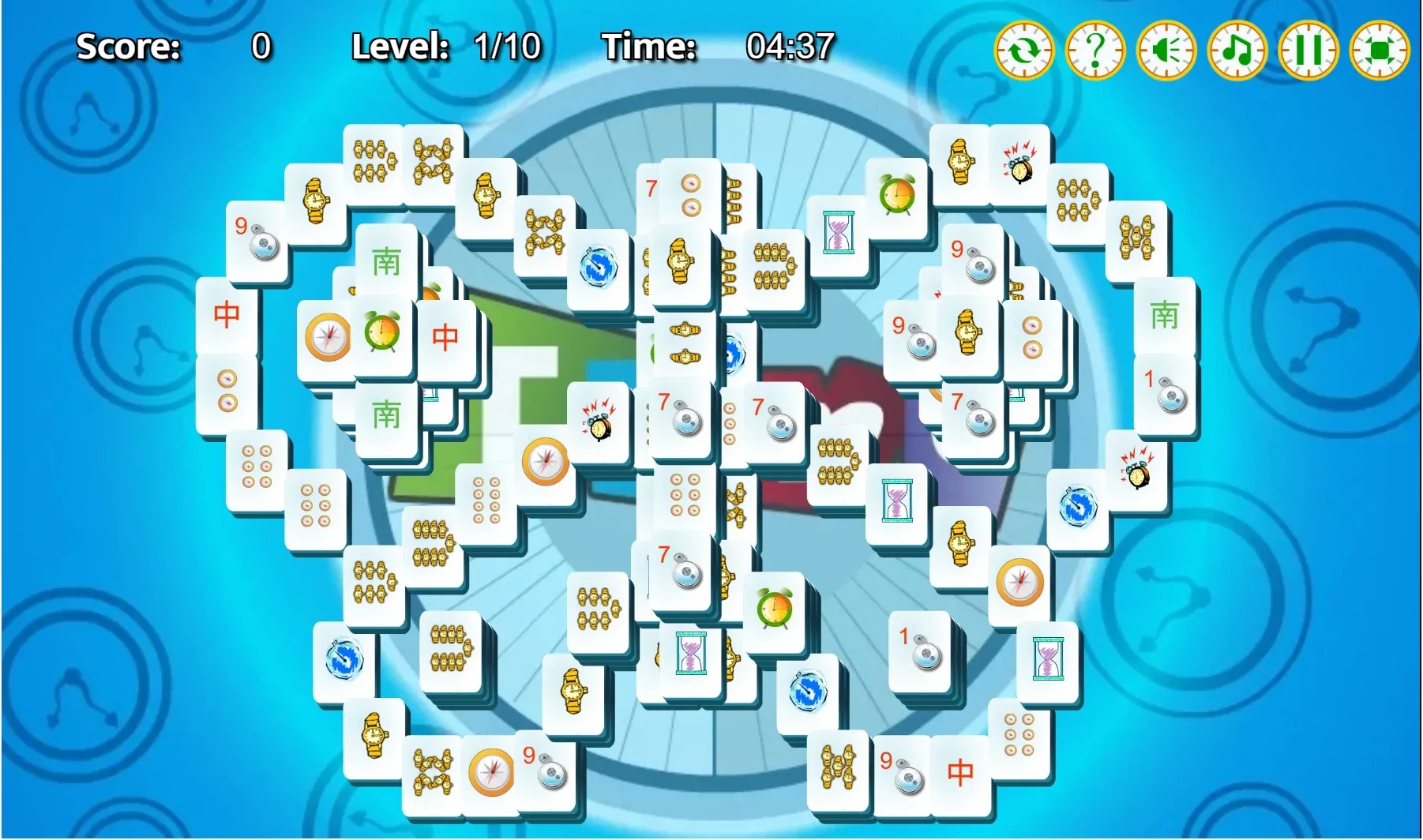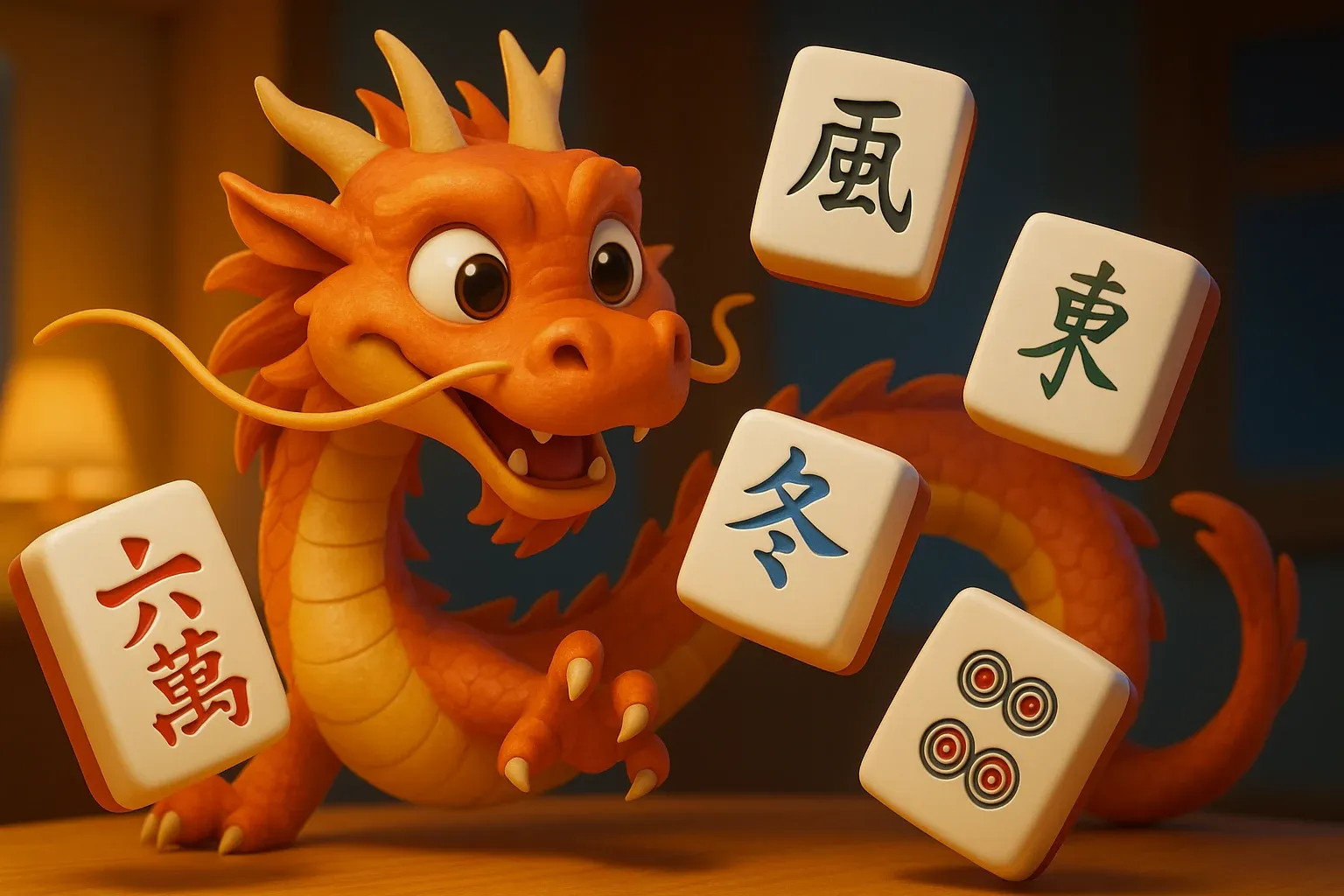Traditional Mahjong Explained for Beginners
Traditional Mahjong is one of China’s most famous native games, played with 136 to 144 graphic tiles. The rules and scoring system for the game vary based on region, but the general goal is to build a complete “hand” of 14 tiles. This is done by drawing and discarding tiles to create matches and group them in melds of 3-4 tiles.
Without going into complex things like the game's scoring system or strategies, we will explain the types of tiles found in Mahjong and how this game is played step by step.

Traditional Tile Categories: Suits, Winds, Dragons
Depending on the image they carry, there are three types of tiles found in Traditional Mahjong:
- Suited tiles: Circles, Bamboos, and Characters
- Honor tiles: Winds and Dragons.
- Bonus tiles: Flowers and Seasons.
Suited and honor tiles are used to form valid combinations, while bonus tiles offer opportunities for scoring boosts.
Suited Tiles
Suited tiles are divided into three groups: Circles, Bamboos, and Characters, which are numbered/ranked from 1 to 9. There are four copies of each rank in every set, totaling up to 36 tiles for each suit.
They make up the core of most winning hands by forming sequences (chows), triplets (pungs), and other basic sets. They are the most common tile group, and they function similarly to numbered cards.
Honour Tiles
Honor tiles include Winds and Dragons. There are four Winds in a Mahjong set (East, West, North, and South) and three Dragons (Red (中), Green (發), and White (blank or framed)). With four copies for each wind and dragon, they total up to 16 and 12 respectively in a set.
Unlike suited tiles, honor tiles can't form sequences. They can only form triplets, quads, or pairs, and they tend to hold special scoring values depending on seating position or round. Dragon tiles aren’t always found in every traditional Mahjong set.
Bonus Tiles
Bonus tiles like Flowers and Seasons are rare, typically one of each per set. They aren’t used in combinations, but they can grant extra points and advantages when drawn.
Basic Rules of Traditional Mahjong
Playing traditional Mahjong is quite easy and is done with a few simple rules:
Starting the Game
To start, each player builds a wall of tiles in front of them, forming a square wall. Players are assigned seats based on the East, South, West, and North positions. The dealer (East) receives 14 tiles, while the other players each get 13.
Drawing and Discarding Tiles
The four players take turns drawing from the wall of tiles in a clockwise direction from East to South, West, and North. With each turn, a player draws one tile and discards one to maintain a hand of 13 tiles. The goal is to complete a 14-tile hand that fits a winning pattern, and they must continue drawing in turns until someone either wins or the tiles are exhausted, which means a draw. Players can also claim discards to complete sets under certain conditions.
Forming Melds
There are three types of melds. A tile can be claimed to complete a Pung (three identical tiles), a Chow (three suited tiles in sequence), or a Kong (four identical tiles). A Chow can only be claimed from the discard of the player to your left, but Pungs and Kongs can be claimed from any player. When a set is claimed, it becomes an open meld, visible to all, but sets formed from your own draws are closed melds.
Declaring a Win
A standard winning hand consists of four melds and one pair, totaling 14 tiles. Melds can be any combination of Chows, Pungs, or Kongs, but pairs can only be formed from two identical tiles. When a player completes their hand, either by drawing or claiming, they may then declare \Mahjong\ to end the round.
How Tiles Are Grouped and Used in Traditional Mahjong
Tiles in Mahjong are grouped into Suited, Honor, and Bonus categories. Only suited tiles (Circles, Bamboo, and Characters) can form Chows (sequences). Both Honor and Suited tiles can form Pungs (triplets) or Kongs (quads).
A valid hand must consist of legal sets. These are sequences with suited tiles or identical groupings with any tile type. Finally, Bonus tiles (Flowers and Seasons) are not used in melds, but they offer points when drawn and replaced.
Ready to Play? Try Traditional Mahjong Now!
With the basics covered, try playing a round using the full tile set. Practice drawing, discarding, and forming valid melds with the standard rules to get a feel for the game before trying special hands and advanced scoring.



